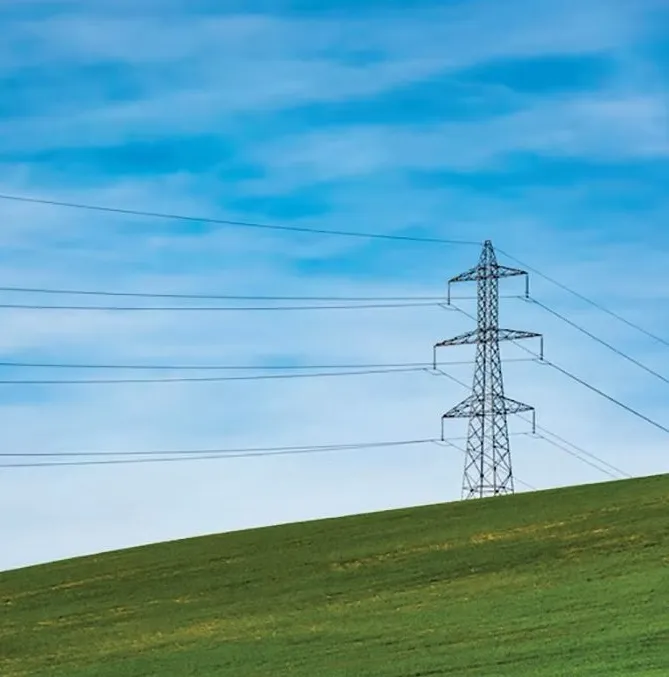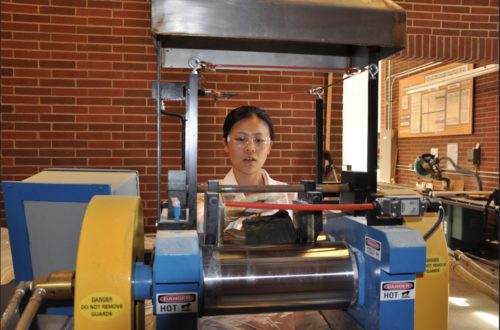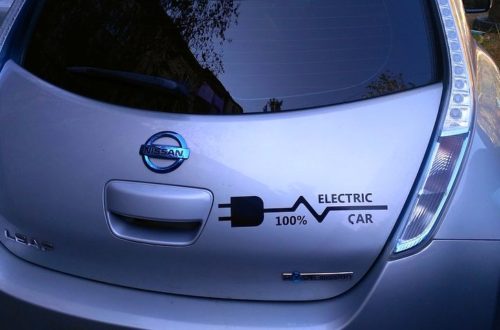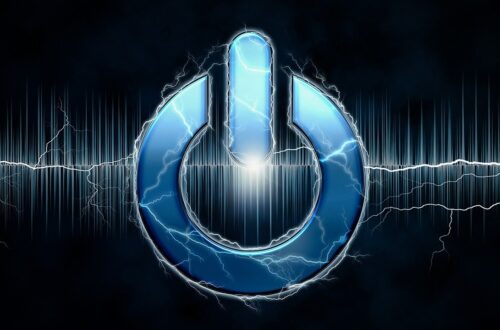This is the second article in a four-part series showing how, with modest steps and a middle-class income, a family has dramatically reduced emissions and is sequestering what remains through a small reforestation project. Their life is better for it. (Read Part 1)
Scientific consensus tells us that to stabilize the climate, we must achieve net-zero carbon emissions by 2050 (27 short years) so that any remaining carbon emissions are balanced with carbon removal.
Despite the enormity of this unprecedented challenge, there is a known and achievable way to get there. A number of organizations have developed what they call “pathways” or “pillars” for reaching net zero emissions globally. While there is some difference in how they describe the pathways, there is remarkable consistency around the core strategies for global decarbonization. The World Bank summarizes findings from International Panel on Climate Change (IPCC) models with required action in four areas: 1. Decarbonize electricity production; 2. Electrify everything and, where not possible, switch to other clean fuels like hydrogen; 3. Improve efficiency and reduce waste; and 4. Preserve and increase natural and artificial carbon removal using forests, other vegetation, and soils.
In other words, society must make everything run as efficiently as possible, so it’s easier to meet all energy demands with clean, emissions-free electricity. Any remaining emissions must be sequestered. The approach is simple, clear, and elegant. And there’s fairly widespread agreement on the principles. The challenge is doing the work on a massive scale that is undertaken by every sector of society.
While each of these four pathways must happen at a global scale, incredibly, they are also actionable at an individual level. We’ll talk about global strategy over the next several posts, but these four pathways guide our approach to individual decarbonization throughout the series.

Electricity emissions have fallen by 40%! since 2008. Source EPA
Pathway 2: Electrification
The second pathway of global decarbonization is the transition of virtually all building, transportation, and industrial systems to electric because electricity is the only quickly decarbonizing, widely available, and scalable fuel option. This pathway can be summed up as “Electrify Everything” and involves converting anything that runs on gas or gasoline to run on highly efficient, clean electricity. (Rewiring America estimates this involves replacing 1 billion fossil-fuel-combusting machines with electric ones).
There are many reasons why electrification is a critical decarbonization pathway:
1 Electricity is the only fuel that gets cleaner every year. Fossil fuels can’t feasibly be decarbonized (and any fossil fuel that promises this is a red herring, in our opinion). Zero emission electricity makes up 45% percent of our fuel mix today and is following an S-curve of exponential growth with reduced emissions every year. Emissions from electricity fell an astounding 40% from their peak in 2008 to 2020.
2 Transitioning to electricity will reduce energy demand. Electrification creates incredible efficiency because electric systems like heat pumps and electric motors use energy much more efficiently than their fossil fuel-combusting counterparts. In the book, Electrify, Saul Griffith, one of the leading thinkers on the subject, estimates that “America can reduce its energy use by more than half by introducing no efficiency measures other than electrification.”
3 Electric costs are lower and more stable. Wind and solar power are available in virtually every region and country in the world and provide the lowest cost energy available today. Electricity is also subject to less price volatility than fossil fuels because there are so many ways to produce it. Like all good investments, it’s diversified.
4 Energy independence. The war in Ukraine is another reminder that our reliance on fossil fuels enables nation-invading, journalist-murdering petrostates to spread worldwide chaos. The production of clean electricity is often local and fosters energy independence at every level of society–from the farmer who leases out land for wind turbines, to those who invest in community solar, to the homeowner whose rooftop solar provides energy independence.
5 Health. Clean electricity doesn’t emit pollutants that warm the climate and/or harm human lungs. Combusting fuels indoors and outdoors has massive health consequences. A recent RMI report found that living in a home with a gas stove presents the same asthma risk to a child as living with a smoker.
6 Lifestyle Benefits. While the energy efficiency message of the 1970s was about using less, electrification allows us to maintain our quality of life while simply switching out the fuels which power our lives. It doesn’t require any lifestyle changes and often leads to increased comfort. (Heat pumps are a prime example because they are more efficient when run constantly, making a space consistently more comfortable, all while using less energy). We can both tackle climate change and live lives of abundance simultaneously.
These electrification benefits are no secret. Electrification policies at every level of government are becoming a trend and helping this strategy to scale. From LA to New York, nearly 100 cities and counties now have policies that transition their buildings from fossil fuels.
Electrify Your Life
And most exciting for us, at Decarbonize Your Life, electrification is also very actionable at an individual level. You can replace your gas furnace with an electric heat pump; your old electric or gas water heater with a heat pump water heater; your stove with induction; and trade in your gas guzzler for an electric car. All of these actions will have an impact at a local and global level, and we’ll talk about each of them in upcoming posts. If you’re eager to get started, check out these guides from Rewiring America and Electrify Now. If you’re at the beginning of your journey, we suggest (and will discuss in a future post) making a plan for replacing these appliances so that when they break or you have a little extra cash, you’re ready to go electric.
Over several years, our family electrified everything by replacing fossil fuel appliances near the end of their lives with efficient electric ones. For example, we replaced our 20-year-old furnace with ductless heat pumps in 2012.
We went from no car to a used Nissan Leaf (that cost $7000) and, more recently, a Tesla. We replaced our 20-year-old water heater with a heat pump and got great rebates. We installed two sets of leased solar panels in 2012 and 2016 for a 7.2 kW system that provides most of our energy needs. And when our old electric coil stove broke a few years ago, we upgraded to induction. All this was done before the Inflation Reduction Act that now provides Americans with 30% tax credits for these technologies, making them even more compelling.

Gas furnace to an all-electric, efficient ductless heat pump.
Electrifying everything is a powerful pathway for decarbonizing our world and works at both the individual and global scale. Our family (and many others) are already proving how doing so leads to more comfort and monetary and emissions savings.

Joe Wachunas and Naomi Cole
Joe Wachunas and Naomi Cole both work professionally to address climate change — Naomi in urban sustainability and energy efficiency and Joe in the electrification of buildings and transportation. Their commitment to walk the walk, has led them to ductless heat pumps, heat pump water heaters, induction cooking, solar in multiple forms, hang-drying laundry (including cloth diapers), no cars to electric cars, and charging without a garage or driveway, a reforestation project, and more. They live in Portland, Oregon, with their two young kids.
For more info: decarbonizeyourlife.com







2 Comments
Pingback:
Pingback: